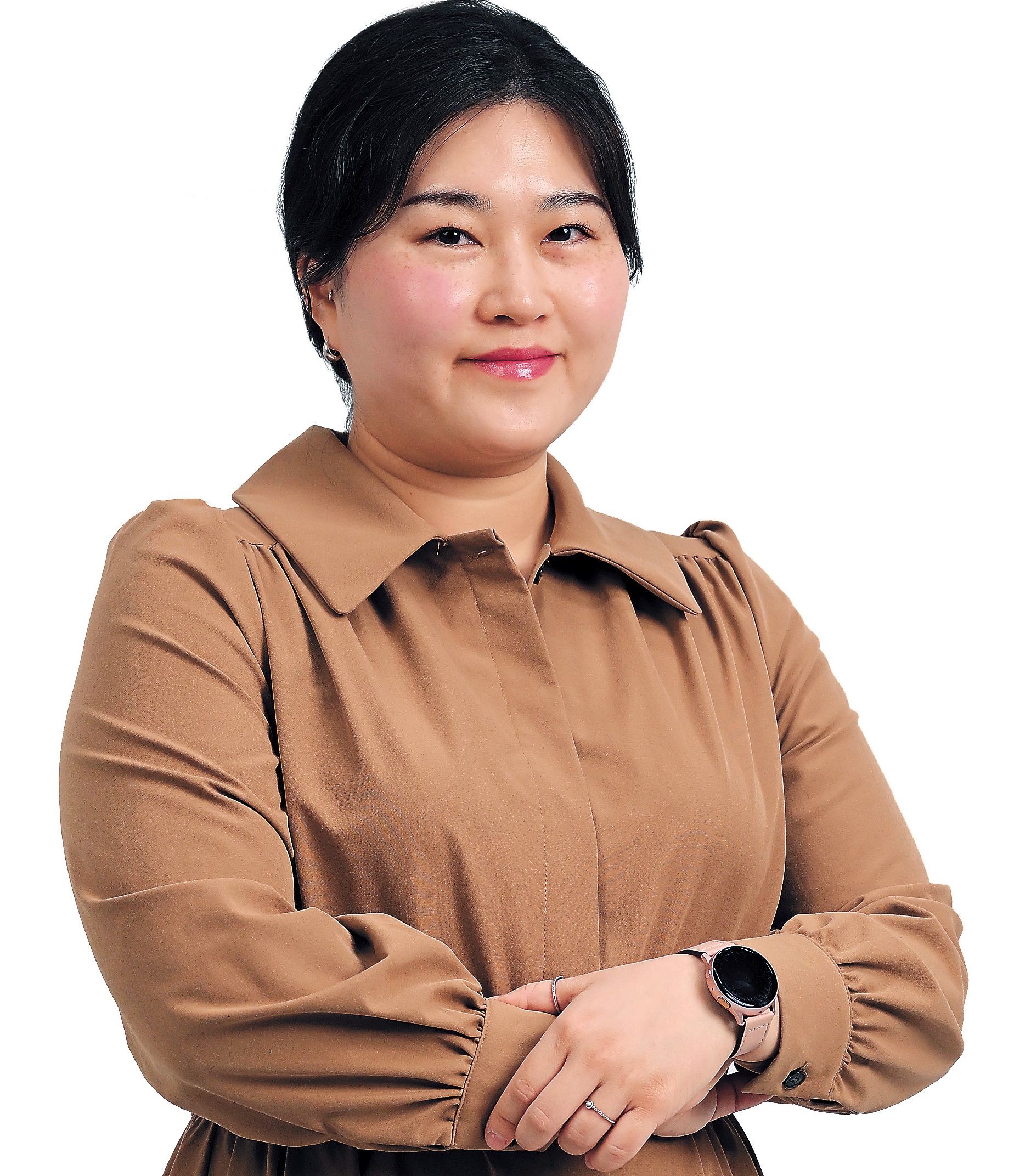Provincial patients continue to prefer top hospitals in Seoul
By Lee JaeeunPublished : Sept. 9, 2024 - 15:17

Patients from outside Seoul coming into the capital still heavily favor the city's "Big 5" hospitals, government data showed Monday.
According to data from the National Health Insurance Service provided by Rep. Kim Mi-ae of the National Assembly's Health and Welfare Committee, 60 percent of patients from outside Seoul who sought treatment in the capital's large hospitals during the first half of 2024 went to those hospitals, which have suffered from staff shortages for months since junior doctors' massive resignations in protest of the government's medical school quota expansion plan.
Seoul's leading hospitals, known as the "Big 5" -- Seoul National University Hospital, Severance Hospital, Samsung Medical Center, Seoul Asan Medical Center and Seoul St. Mary's Hospital -- along with nine other top-tier tertiary general hospitals and 44 general hospitals were included in the analysis.
In the first six months of this year, 1.68 million patients traveled from outside the capital area to large hospitals in Seoul. Of these, 59.3 percent, or 994,000 patients, were treated at the Big 5.
Regarding treatment sessions, provincial patients accounted for 5.3 million sessions at Seoul's large hospitals, with 59.7 percent, or 3.17 million sessions, occurring at the Big 5.
Financially, provincial patients spent approximately 2.39 trillion won ($1.8 billion) at Seoul’s large hospitals in the first half of 2024. Of this amount, about 65.4 percent, or 1.56 trillion won, was spent at the Big 5.
The attraction of the Big 5 has been a major driver of patients seeking treatment in Seoul. Separate data obtained last year by Rep. Kim Won-i showed a 42 percent increase in the number of patients traveling from outside Seoul, Incheon and Gyeonggi Province for treatment there.
Traveling long distances for treatment is both financially and physically challenging for many patients, yet they are compelled to go to Seoul because of inadequate critical care infrastructure in their area, according to Kim Mi-ae.
Kim emphasized the need to strengthen regional health care centers to ensure that high-level treatment is accessible everywhere.
"We must establish a comprehensive regional health care system to alleviate the overcrowding at the Big 5 hospitals and provide quality medical services to all people," she said, advocating for the reduction of the gap in medical access between regions.





![[Herald Interview] How Gopizza got big in India](http://res.heraldm.com/phpwas/restmb_idxmake.php?idx=644&simg=/content/image/2024/11/20/20241120050057_0.jpg&u=20241120164556)


![[KH Explains] Dissecting Hyundai Motor's lobbying in US](http://res.heraldm.com/phpwas/restmb_idxmake.php?idx=644&simg=/content/image/2024/11/20/20241120050034_0.jpg&u=)
![[Graphic News] 70% of S. Koreans believe couples can live together without tying the knot: survey](http://res.heraldm.com/phpwas/restmb_idxmake.php?idx=644&simg=/content/image/2024/11/19/20241119050098_0.gif&u=)
![[Kim Seong-kon] Farewell to the vanishing John Wayne era](http://res.heraldm.com/phpwas/restmb_idxmake.php?idx=644&simg=/content/image/2024/11/19/20241119050096_0.jpg&u=)







![[Today’s K-pop] Blackpink’s Jennie, Lisa invited to Coachella as solo acts](http://res.heraldm.com/phpwas/restmb_idxmake.php?idx=642&simg=/content/image/2024/11/21/20241121050099_0.jpg&u=20241121172748)